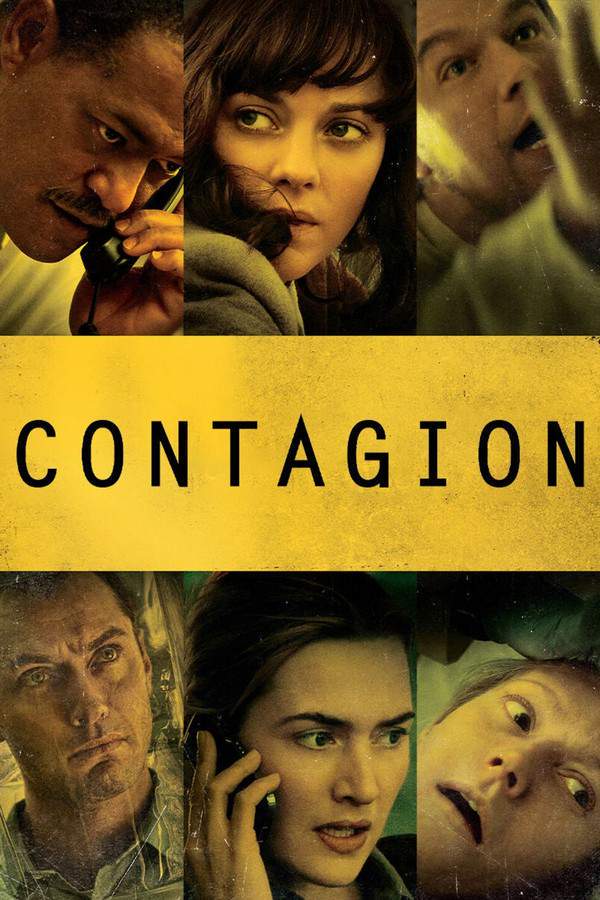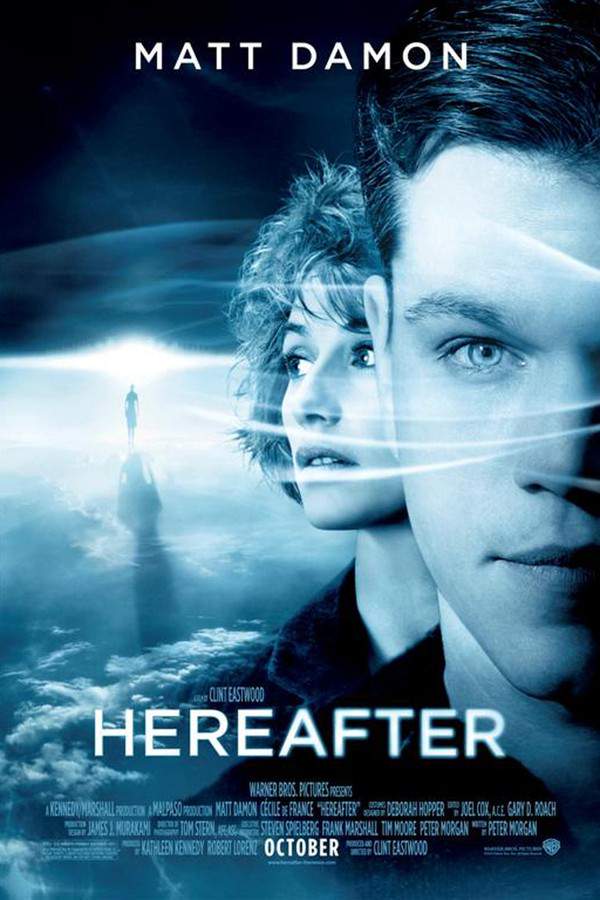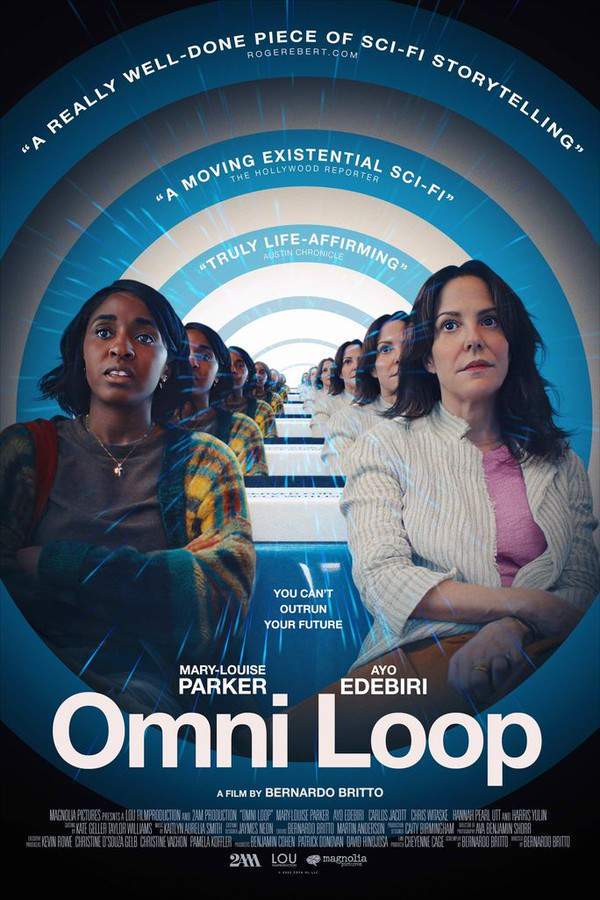
Einstein’s God Model
Year: 2016
Runtime: 89 mins
Language: English
For millennia, the possibility of life after death has remained a mystery. Now, a physicist, a blind medium, and a rediscovered experiment by Thomas Edison assist Brayden Taylor in a quest to connect with his deceased fiancee. To achieve this extraordinary feat, he must challenge established quantum physics and the natural order, pushing the boundaries of what is known and believed to be possible.
Warning: spoilers below!
Haven’t seen Einstein’s God Model yet? This summary contains major spoilers. Bookmark the page, watch the movie, and come back for the full breakdown. If you're ready, scroll on and relive the story!
Einstein’s God Model (2016) – Full Plot Summary & Ending Explained
Read the complete plot breakdown of Einstein’s God Model (2016), including all key story events, major twists, and the ending explained in detail. Discover what really happened—and what it all means.
The film opens with a real quote from Thomas Edison about a device that could bridge the living with personalities from another plane of existence, setting a chilling, scientific tone for what follows. In 2002, Craig Leeham volunteers for a clandestine research study led by Louis Mastenbrook and Carl Meiselhoff. Craig endures a brutal sequence of tests—intense infrasound, electromagnetic fields, intravenous Ketamine, and delicate optical stimulation—until he answers a long-dead voice on an old rotary phone: the voice of his deceased sister, Jenny Leeham. The apparatus is pushed to the edge, Craig convulses, and his eyes abruptly explode in a moment that marks the harsh cost of crossing thresholds that humanity isn’t prepared to cross.
Ten years later, the narrative shifts to Brayden Taylor, an anesthetist whose life is braided with memory and loss. After a routine surgery, a patient thanks him for letting her glimpse her deceased children, a testament to the haunting power of near-death experiences. The truth behind these visions surfaces through a colleague named Bob and a brutal reminder: Meiselhoff’s experiments with Ketamine were designed to mimic such experiences, to touch the edge of what lies beyond our membranes. At a cemetery, Brayden’s girlfriend, Abbey Lucey, works on gravestone rubbings for her artwork, a quiet prelude to a personal tragedy: Abbey experiences a miscarriage and later collapses in a bathroom during a dinner party. After emergency surgery, she escapes to walk home and is struck in a hit-and-run accident, a moment that fractures her world and ignites Brayden’s fixation on immortality through science.
Abbey’s return from the edge is marked by flashes, glowing energy strings, and a pulsating light—an image she describes in hushed awe: > It’s very beautiful over there.
This sense of beauty becomes a dangerous obsession for Brayden, who believes he can recover Abbey by pushing beyond death itself. He seeks out Meiselhoff, and the physicist’s widow hands Brayden a mysterious apparatus along with a cautionary warning—trying to upset the balance of nature could cost a person their soul. Brayden’s first attempts to operate Edison’s gear are perilous, nearly fatal, until Louis Mastenbrook arrives again to offer guidance and a bold premise: they are part of a century-spanning coalition of physicists, known as The God Model Project, whose aim is to map the laws of the universe by century’s end. On a restaurant night out, Louis gives Brayden a primer on M-theory, explaining that our universe sits on a vast cosmic membrane parallel to countless others, and that the brain’s electromagnetic field carries our consciousness along gravitational waves to those membranes. He asserts that not only can Abbey’s consciousness be contacted on a neighboring membrane, but she can be brought back.
To realize this, Brayden is tasked with recruiting [Craig Leeham], a once-living contact whose sight extends beyond ordinary perception. Craig, now blind, can still perceive deceased personalities on other membranes, and believes that Jenny remains trapped between membranes, awaiting rescue. Brayden’s loft becomes the nerve center for a dangerous experiment; he asks Louis about the God Model, and Louis recounts a Harvard lecture where a student asked Einstein whether he believed in God. While the team calibrates the machine, Craig fights to endure the intense confinement of the test closet, his body trembling as the device hums at maximum intensity.
During a tense session, Brayden succeeds in a partial contact with Abbey, and she communicates in a fleeting, luminous form. The melted wax from Abbey’s earlier test becomes a tangible clue, a sign that the membrane crossing is possible, but brain safety remains precarious. As Brayden pushes deeper, he reaches a moment of convergence that takes him briefly into the “bulk”—the no-man’s-land between universes—where a strange figure wearing the Edison gear appears and vanishes. He returns to a dark, emptied loft, and Louis and Devin retrieve the figure: it is Carl Meiselhoff, a haunting remnant of the parallel experiments, who crossed over in an attempt to repair the damage he caused in Craig’s life.
Across the membranes, Brayden discovers Jenny Leeham, who appears holding Abbey’s plaster hand. The team debates whether they can exit Jenny’s world by forcing a merge of membranes, and Devin wrestles with the ethics and feasibility of rescue. Louis argues that a complete merge would be required, while Craig contends that the right moment could allow two membranes to share space briefly—enough for a rescue but not enough to collapse both worlds. Craig agrees to the gamble, entering a trance while still tethered to the machine. The moment comes: Brayden returns to the loft and confronts Abbey’s radiant essence, a glowing plasma sphere that seems to breathe with life. Abbey and Brayden are briefly reunited in that liminal space, then Craig crosses over and reunites with Jenny. The membranes destabilize and collapse, scattering their lives across new planes: Brayden and Abbey vanish into one universe, while Craig and Jenny are deposited into another.
In the epilogue, the new moral and metaphysical geometry of their worlds reveals itself. Brayden and Abbey share a tender, renewed life in their altered universe, while Craig and Jenny linger in theirs—Jenny making one more gravestone rubbing of Abbey’s marker, a quiet ritual that keeps memory alive even as the pairs inhabit separate realities. Louis appears on camera, interviewed about his extraordinary claim to have witnessed membranes and their “beautiful” nature, a claim that leaves viewers to weigh the costs and consequences of peering across cosmic boundaries. The film closes on a meditation: beauty exists on the other side of danger, and some thresholds, once crossed, redraw the line between life, death, and what might lie beyond.
Last Updated: October 09, 2025 at 16:01
Explore Movie Threads
Discover curated groups of movies connected by mood, themes, and story style. Browse collections built around emotion, atmosphere, and narrative focus to easily find films that match what you feel like watching right now.
Movies about Scientific Obsession like Einstein’s God Model
Driven minds push ethical and physical limits in pursuit of a dangerous discovery.If you liked the high-stakes scientific quest in Einstein’s God Model, explore more movies where driven characters risk everything for a breakthrough. These films blend complex science with intense personal drama and ethical dilemmas, creating a tense and thought-provoking vibe.
Narrative Summary
The narrative typically follows a brilliant but troubled protagonist who becomes consumed by a singular scientific or intellectual goal. Their journey involves overcoming skepticism, navigating ethical gray areas, and facing severe consequences, often blurring the line between groundbreaking discovery and dangerous hubris.
Why These Movies?
These films are grouped by their focus on the psychological drive of discovery, the suspense of experimental risk, and the heavy emotional weight of ambition. They share a tense tone, complex scientific concepts, and a storyline where the pursuit of knowledge comes at a great personal price.
Metaphysical Grief Stories like Einstein’s God Model
Profound personal loss leads to a desperate, scientifically-grounded search for answers beyond death.Find movies similar to Einstein’s God Model that explore grief through a sci-fi lens. These stories combine heavy emotional themes of loss with speculative concepts like near-death experiences or parallel universes, offering a bittersweet and thought-provoking viewing experience.
Narrative Summary
The plot is initiated by a devastating personal loss, sending the protagonist on a quest that merges theoretical science with spiritual longing. The journey is as much an internal process of mourning as it is an external investigation, often leading to bittersweet revelations about life, death, and reality itself.
Why These Movies?
This thread connects films through their core theme of using science fiction to process intense grief. They share a heavy emotional weight, a melancholic and somber mood, complex metaphysical ideas, and endings that are often philosophically ambiguous or bittersweet rather than neatly resolved.
Unlock the Full Story of Einstein’s God Model
Don't stop at just watching — explore Einstein’s God Model in full detail. From the complete plot summary and scene-by-scene timeline to character breakdowns, thematic analysis, and a deep dive into the ending — every page helps you truly understand what Einstein’s God Model is all about. Plus, discover what's next after the movie.
Einstein’s God Model Timeline
Track the full timeline of Einstein’s God Model with every major event arranged chronologically. Perfect for decoding non-linear storytelling, flashbacks, or parallel narratives with a clear scene-by-scene breakdown.

Characters, Settings & Themes in Einstein’s God Model
Discover the characters, locations, and core themes that shape Einstein’s God Model. Get insights into symbolic elements, setting significance, and deeper narrative meaning — ideal for thematic analysis and movie breakdowns.

Einstein’s God Model Spoiler-Free Summary
Get a quick, spoiler-free overview of Einstein’s God Model that covers the main plot points and key details without revealing any major twists or spoilers. Perfect for those who want to know what to expect before diving in.

More About Einstein’s God Model
Visit What's After the Movie to explore more about Einstein’s God Model: box office results, cast and crew info, production details, post-credit scenes, and external links — all in one place for movie fans and researchers.































